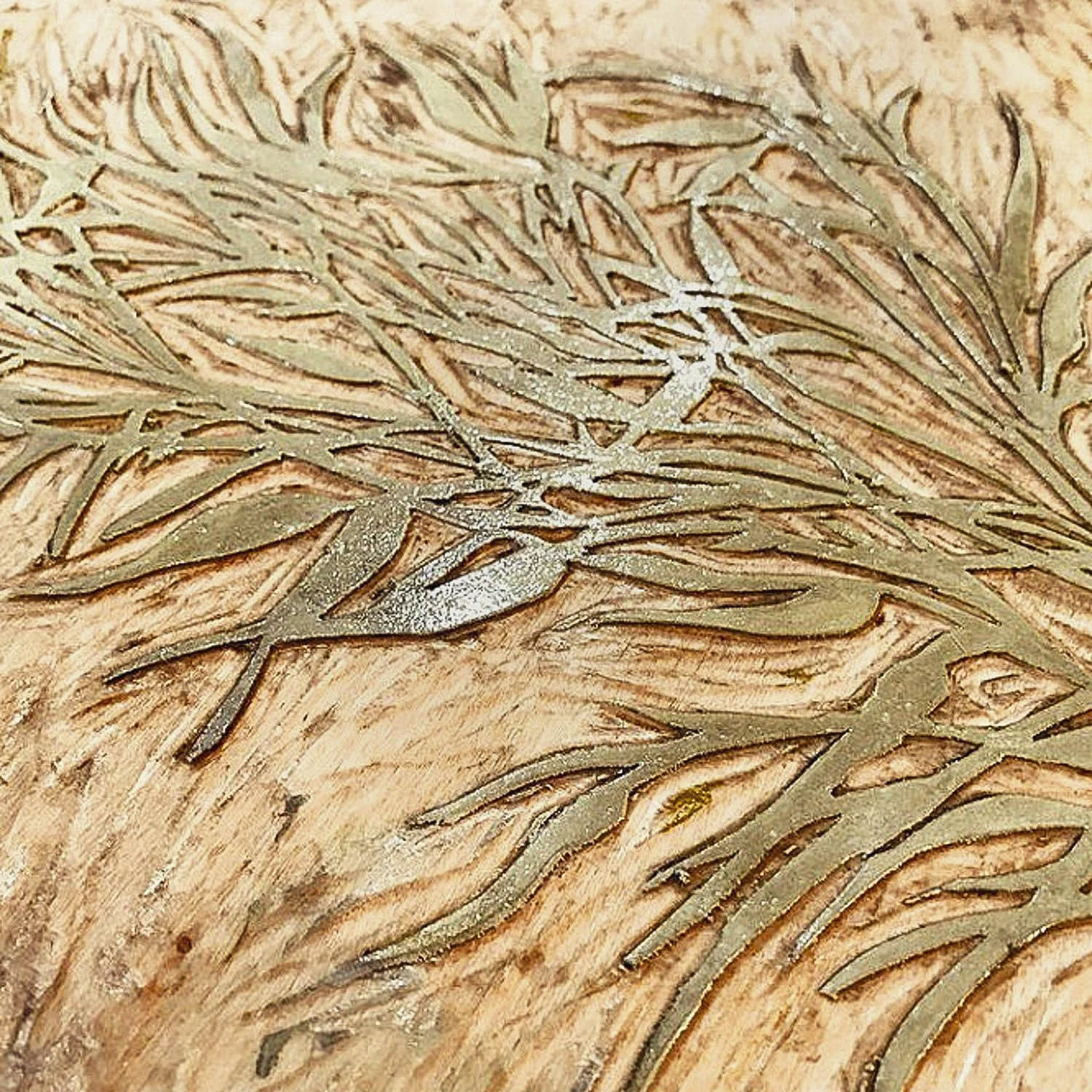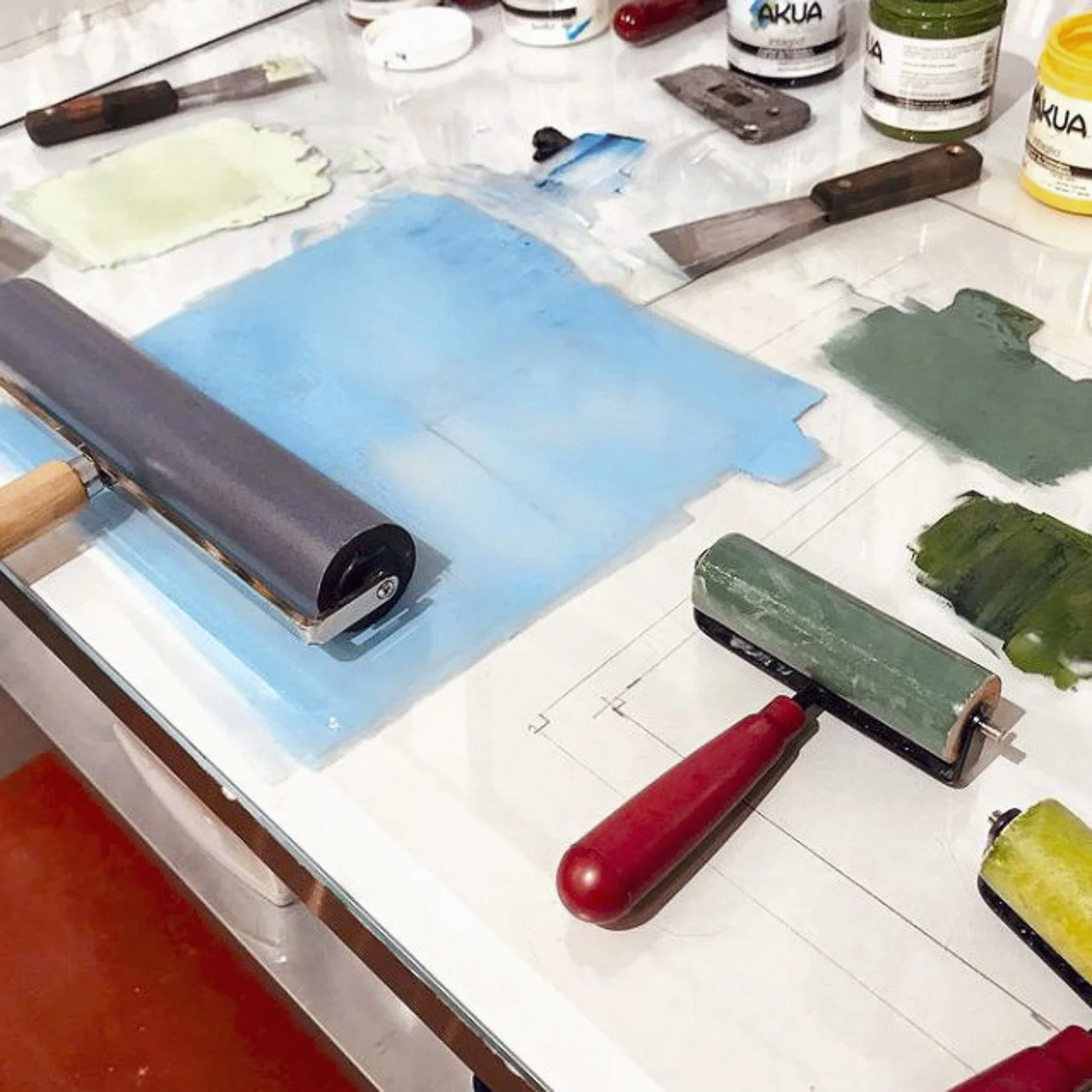
THE PRACTICE & THE PROCESS
I search for beauty in the natural and man made, in the detritus noticed and collected on my walks in mostly urban spaces, picked up on sides of roads, and at construction sites. This has been a part of my art making practice for nearly my whole life.
To be inspired to make something from leavings was instilled in me by my mother, a child of the depression. Integrating findings into a cohesive body of work - so a printed, drawn or painted image can take on new and layered meanings - has been my modus operandi for more than a decade. I’ve also explored this concept in mixed media pieces - shadow boxes and sculptures of buildings, ruins, silos and water towers - that incorporate findings in the structure.
My newest series of prints explore the flooding and destruction of my studio in the River Arts District. I attempt to tap into the inherent symbology objects imbue in my mind, as well as that of our collective psyche. My world has become quieter day-to-day since the catastrophic event, and I have a deeper understanding of my art practice. I am honoring my true love of the craft I choose to spend my daily time practicing, and this has opened new avenues of expression.
‘Print’ is a broad term that encompasses many techniques. There is always, however, one consistent factor - the images are made using ink and pressure.
Before a print can be made, some sort of matrix needs to be created. A matrix is the the thing that is repeatable - allowing me to create a body of work or an edition of prints. This is true for almost all types of printmaking processes. For relief prints, I carve an image into wood or linoleum. Carving is one of my favorite pastimes! The image won’t change over time and many impressions can be printed from the block. With Intaglio printmaking, like Solar plate or traditional etching, an image is drawn onto acetate and then the metal plate is exposed to UV light like a photograph or acids and mordants are used to fix the image. These types of plates are printed using dampened paper to maximize ink transfer and get into the grooves of the metal plate. Dry point, another form of Intaglio printmaking, is created by drawing and scratching into a surface like plexiglass or acetate.
Multiples of a print created from a single matrix, that are all created identically, are called an ‘edition’. Editions can be small or large depending on the materials and intent. I prefer to keep editions small and limited.
Matrixes that disappear after they are printed are called mono prints and mono types. For watercolor monotypes, gum arabic helps the ink/paint adhere to the non porous surface that is then printed under pressure to dampened paper. Akua intaglio ink can be rolled, brushed on and wiped off of the surface of a plate to create mono prints. Mono prints are improvisational and mostly non-repeatable and unique. There are infinite variations that can be achieved, and one print can inspire the next. Other forms of this type of printmaking utilize unusual materials like Tetra Pak packaging, collaged surfaces with textures and carborundum, gelli plates, etc.
The endless possibilities of printmaking are exciting, and open to exploration and invention. The one constant is paper being placed on top of the inked plate, and usually the print is ‘pulled’ through a press - though some processes require hand rubbing. However I apply the pressure, my resulting prints or ‘impressions’, are revealed when the paper is peeled off the matrix. My preferred choices for ink are Akua, watercolor, or screen printing ink. I shy away from the digital world and focus on analogue processes.




